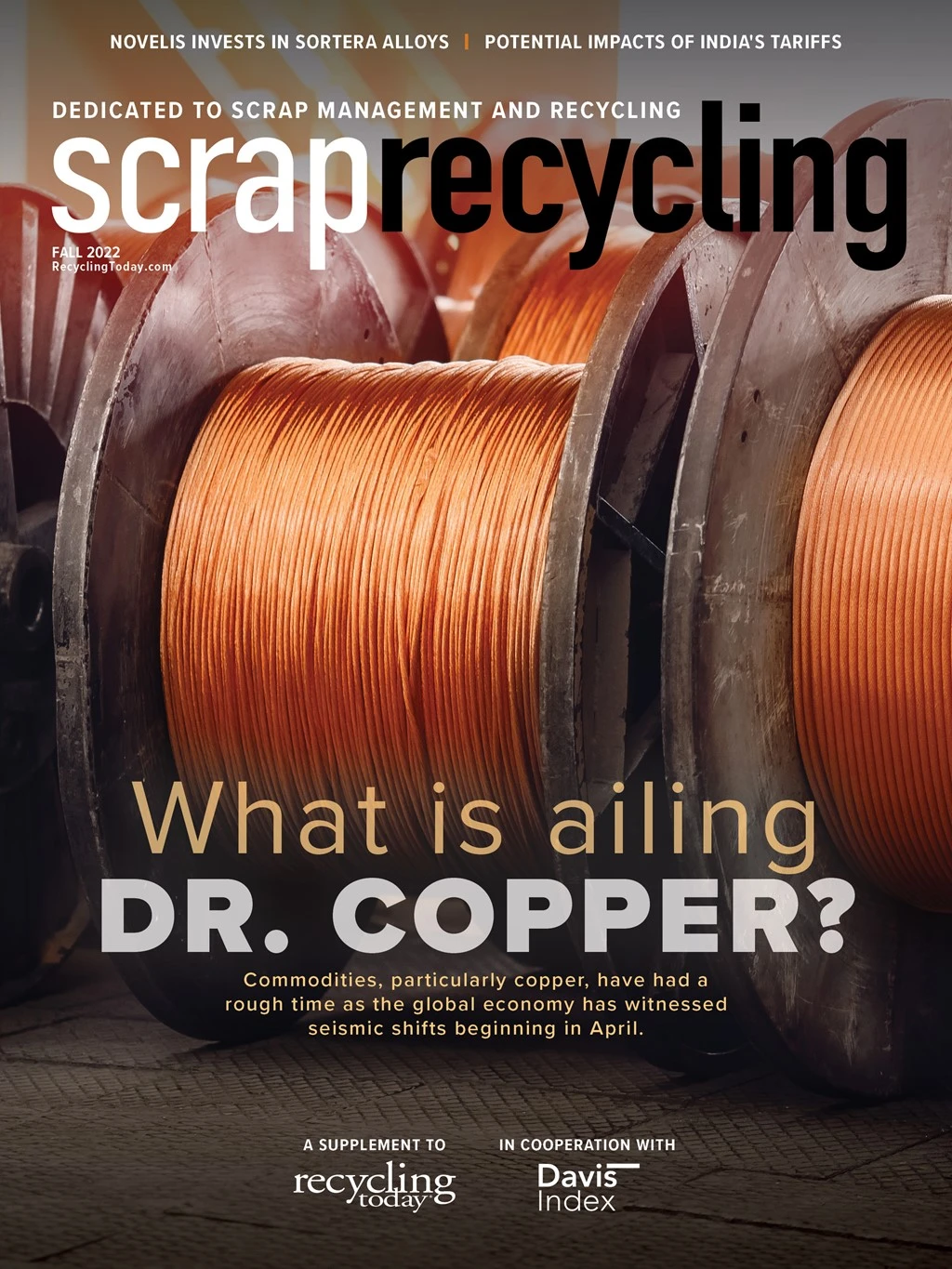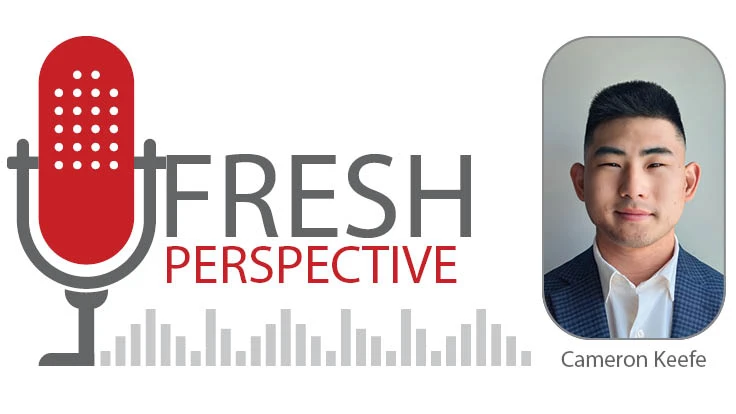
ArcelorMittal’s Mexican steel operations consume more than 300,000 metric tons of ferrous scrap per year. However, procuring this material in a country that is a net importer of ferrous scrap has posed some unique challenges for the steelmaker.
In 2022, ArcelorMittal, which is headquartered in Luxembourg, celebrated 45 years of operations in Mexico. Over this period, it has become one of the largest steel producers in the country with annual production capacity of 5.4 million metric tons, with a sizable amount made using ferrous scrap as feedstock to meet its production and sustainability goals.
Increased use of electric arc furnaces (EAFs) in steelmaking has grown the company’s appetite for scrap, especially prime grades such as No. 1 busheling, as well as other feedstock such as pig iron.
However, these feedstocks are hard to come by in the region. The global steel conglomerate has indicated that most steelmakers based in Mexico must obtain the material through their subsidiaries outside the country, and several are seeking alternatives to ensure their supply of metal inputs for strategic reasons.
A spokesperson for ArcelorMittal recalls that Mexico is an importer of scrap, so “imports are necessary to meet the demand of domestic producers with EAF equipment.”

Mexico’s ferrous scrap import and export figures reflect the country’s steelmakers’ growing demand for ferrous scrap. In 2020, Mexico imported 2.12 million metric tons of ferrous scrap while exporting 841,727 metric tons, according to Mexico Customs data. In 2021, imports rose to 2.66 million metric tons, though scrap exports fell to 660,539 metric tons.
Steelmakers such as ArcelorMittal say they anticipate a ferrous scrap deficit in the Mexican market for the foreseeable future. This has led the company to consider other factors, such as the availability of imported scrap and the price difference between domestic and imported products, in determining its scrap needs for the year.
However, ArcelorMittal considers the ferrous scrap market to have become increasingly dynamic owing to the economic instability caused by global events such as the COVID-19 pandemic or the war between Russia and Ukraine.
Through its press department, ArcelorMittal Mexico says it is aware that its position in the steel industry brings with it great responsibilities and assumes the commitment to maintain principles of action recognized worldwide, which include being aware of importing norms from countries that are under any kind of sanctions or seeking shipments from those where lockdowns could delay the scrap flow to its yards at the Mexican steel mills. It also remains laser-focused on sustainability, looking for ways to reduce carbon emissions and boost its use of recycled materials.
ArcelorMittal indicates it wants to create a steel industry of the future where recycling plays a crucial role, not only for the material’s cost but also to meet its decarbonization aims.
The ArcelorMittal Group says by 2030 it aims to reduce its Scope 1 and 2 carbon dioxide emissions by 25 percent and, to achieve that goal, it plans to invest $10 billion, excluding any government support it might receive from the countries where it operates.
As part of its decarbonization initiative, the company already has its first facility producing large-scale, zero-carbon steel in Sestao, Basque, Spain.
Industry challenges

In Mexico, particularly, ArcelorMittal is faced with the uphill task of fighting for free competition and fair-trade practices while ensuring that priority is given to domestically produced steel to promote investment and job creation in Mexico.
The disruption of supply chains represents another challenge at the international level but an opportunity at the regional level because of the United States-Mexico-Canada Agreement (USMCA), which provides more opportunities for free trade in the North American region.
On the other hand, the war between Russia and Ukraine, two of the world’s largest producers of pig iron, and initiatives China has undertaken to discourage its steel exports could create more pressure on raw material prices and profit margins for steelmakers worldwide, especially if they are net importers of these materials.
The impact of this new balance also could cause China to limit its production to reduce its CO2 emissions, in addition to increasing its imports of scrap, which is a suitable material for EAFs, thus reducing scrap inflows to other net importing countries.
A landscape of opportunities
ArcelorMittal’s Mexican subsidiary says it is optimistic about the opportunities the USMCA and other tripartite agreements represent because they can become new investments for Mexico.
That is why it will seek to reach its total production capacity of 5.4 million metric tons of crude steel, which includes hot-rolled sheet, iron and long products, such as rebar and wire rod, in addition to offering a wider range of rolled products.
To this end, ArcelorMittal gradually has increased the output of a new hot-rolling mill installed at its plant in Lázaro Cárdenas, Michoacán, with an investment of $1 billion. The mill can produce up to 4 million metric tons of flat products annually.

The new equipment, which delivered its first roll of hot-rolled sheet in December 2021, could produce up to 2.4 million metric tons of steel this year as it continues the ramp up.
With its new hot-rolling mill operating, ArcelorMittal seeks to enter the flat products market in Mexico. The company also plans to install a pickling line and a cold mill with annealing ovens to begin manufacturing coated or prepainted products for domestic consumers in the general, nonautomotive industry.
In other sectors, the company says it will seek to be self-sufficient in iron ore, pellets and direct-reduced iron (DRI), domestically and within the group.
To this end, it will invest $150 million to increase pellet production at the Las Truchas mine in Mexico by 1 million metric tons annually to 2.3 million metric tons and improve concentrate quality to provide high-quality material to its steel operations in Mexico.
This project will produce 2 million metric tons of concentrate and 300,000 metric tons of DRI per year for the blast furnace. Work is underway, with production expected to begin in the second half of 2023.
Get curated news on YOUR industry.
Enter your email to receive our newsletters.

Explore the Fall 2022 Scrap Recycling Issue
Check out more from this issue and find your next story to read.
Latest from Recycling Today
- Grede to close Alabama foundry
- Plastics Recycling Conference 2025: Working toward their targets
- SWACO rolls out new commercial recycling and food waste programming
- Updated: Matalco to close Canton, Ohio, plant
- Metso launches electric Anode Weighing and Casting Machine
- Circular by Shapiro releases '5 for Five' sustainability series
- Graphic Packaging set to close Ohio CRB facility
- Ameripen voices support for Maryland EPR bill






